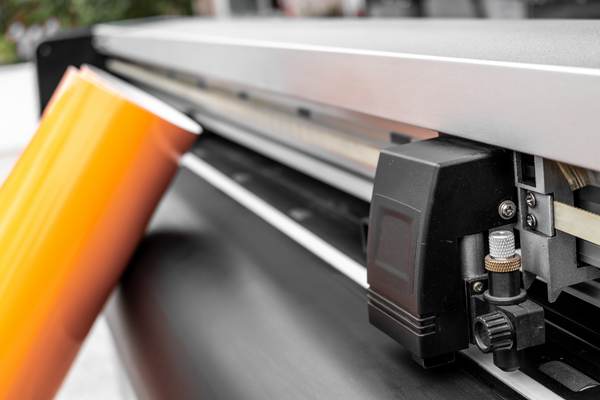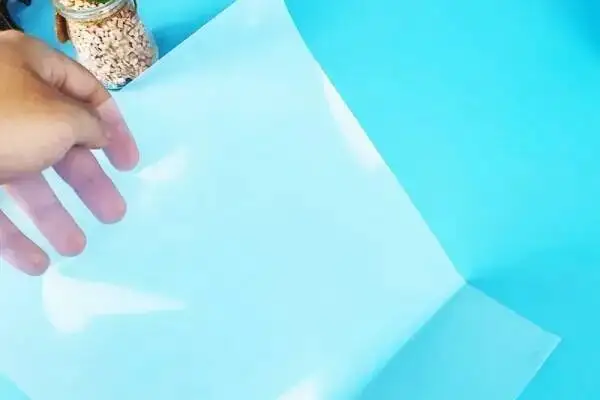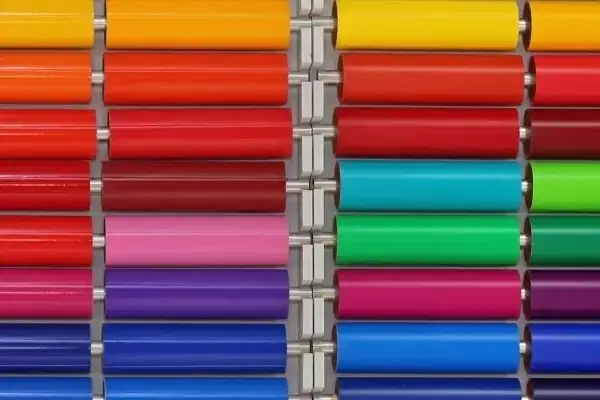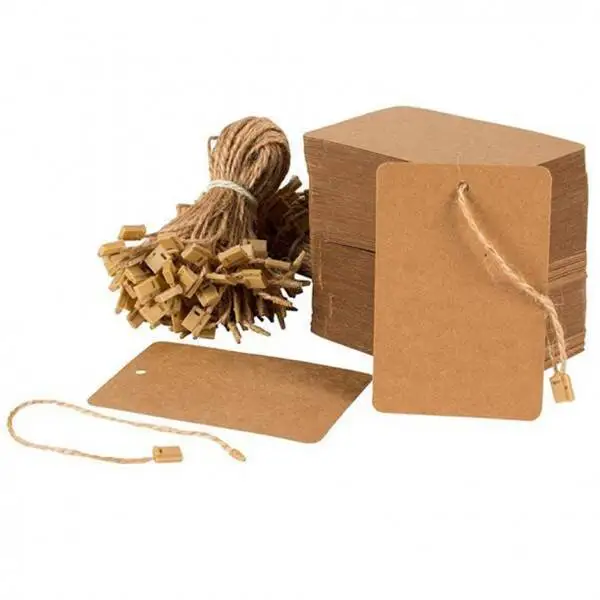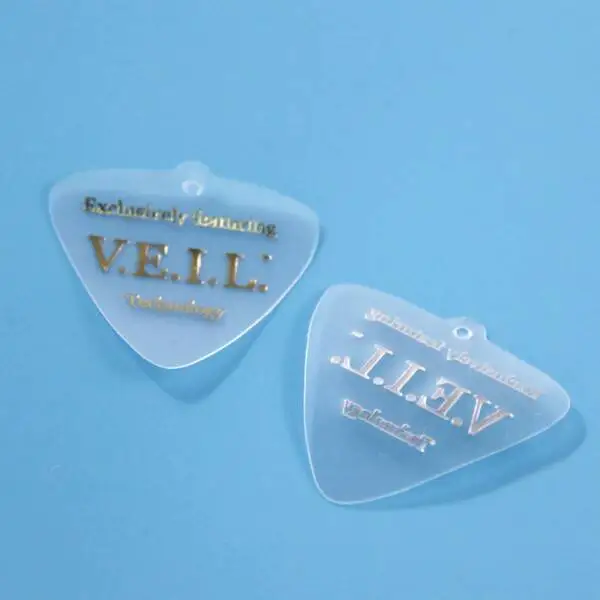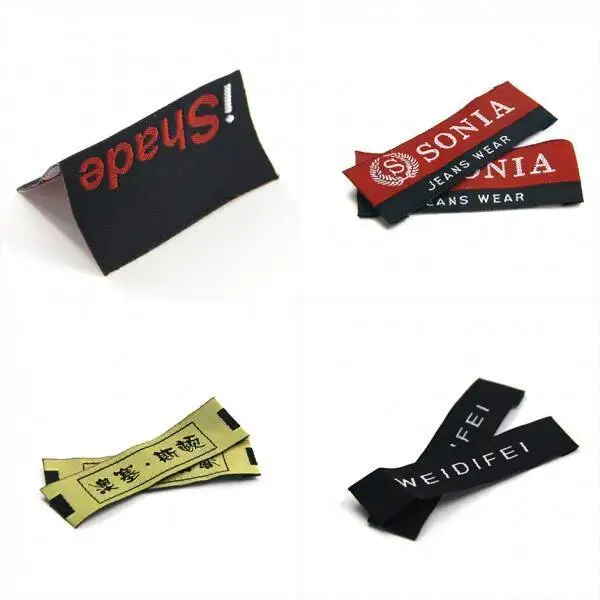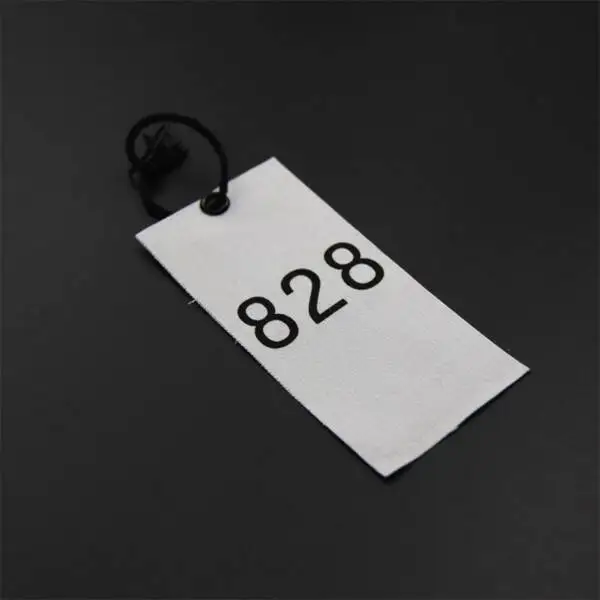How to Choose Inkjet Printing Paper?
What is Inkjet Printing Paper?
Inkjet printing paper is a receiver for ink ejected from the nozzles of an inkjet printer, and images or text are recorded on it. Its primary characteristics are fast ink absorption and non-spreading of ink droplets.
Specific requirements:
1. Good recordability, strong ink absorption, fast ink absorption speed, small diameter of ink droplets, and approximate circular shape;
2. fast recording speed, that is, high density, continuous gradation, and clear picture;
3. good preservation, The picture has specific water resistance and light resistance and has specific storage and fastness indoors or outdoors;
The coating has a certain fastness and strength; the layer is not easy to scratch, has no static electricity, has a certain degree of slippage, bending resistance, and is resistant to stretch.
What is Color Inkjet Printing Paper?
Color inkjet printing paper is a new type of recording paper. Because of its rapid development, there is no uniform quality standard. Drawing lessons from typical international technical specifications, there are corresponding quality testing ranges and testing standards in China. The quality of color inkjet printing paper produced according to this standard will not be lower than similar foreign products. Still, the market price will be 20% lower than that of imported similar products. ~50%. Therefore, domestic color inkjet printing paper has strong market competitiveness.
Color inkjet printing paper is very different from general paper. This is because color inkjet printing usually uses water-based ink, and available paper will quickly absorb and diffuse after receiving water-based ink. The result is high in color and clarity.
Less than the printing requirements (using materials with poor water absorption and can not absorb ink); color inkjet printing paper is the product of deep processing of paper; it is the surface of ordinary printing paper through special coating treatment so that it can absorb water-based ink and can The ink droplets do not spread to the periphery, thus thoroughly maintaining the original color and clarity. Printing paper weighing 60 to 180 grams can meet the requirements, while ultra-thin printing paper less than 60 grams is prone to multiple feeds simultaneously.
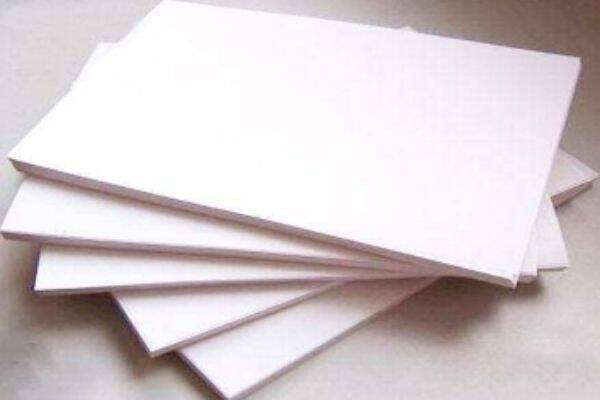
Classification of inkjet paper:
Nowadays, inkjet printing photo papers in the domestic market are divided into three categories according to different coating methods and coating materials: swellable photo paper, cast-coated waterproof photo paper, and gap photo paper.
1. Swellable paper is based on polyvinyl alcohol (PVA) as the primary film-forming material. It is coated on the base paper to form a swellable coating. When ink drops are sprayed on the surface of the layer, it polymerizes. The material absorbs water and expands. Due to the limited expansion speed of the polymer, although the color reduction of swellable paper is sound, its drying speed is slow. Especially on the new six-color piezoelectric library printer, the image has serious accumulation problems, and the sharpness is seriously reduced. Although the production cost of swelling-type photo paper is low, it has poor ink absorption performance, slow drying, and cannot be waterproof. After printing, it must be covered with a film, which has many post-processes and high costs and feels far from traditional photographs. It can only be used as a low-grade product.
2. Cast-coating waterproof photo paper (Cast Coating Photo Paper), whose coating adopts micron-level silica, and after special processing, the brightness and whiteness can reach the level of traditional photo paper. Although the cast-coated photo paper has a waterproof coating, because the base paper is the same as the base paper, the overall waterproof performance is poor. After printing a high-saturation picture, the photo paper will be deformed to a certain extent; at the same time, the fineness of the coating is not enough, Can not meet the requirements of ultra-high-precision printing.
3. Interstitial photo paper, also known as microporous photo paper, is coated with nano-scale inorganic materials (particle diameter below 200 nanometers) to form extremely fine inorganic-organic composite particles (Inorganic-organic hybrid fine particle ). After the ink is printed, it is immediately absorbed by the micro-porous, similar to a honeycomb. Due to this special micro-porous structure, the coating has a strong ink absorption force, and it can also be used to print very dark tones. Good layering; it dries quickly and can be touched directly from the printer; the coating material is very delicate, not only has high brightness but also can match high-precision photo printing. The base paper of the gap type photo paper is the same RC paper as the traditional photo paper (PE coating RESIN COATING with waterproof coating on both sides of the base paper), so it is also called RC high gloss photo paper, which has good waterproof performance, even in Soaking in water for several hours can keep it as it is.
At present, RC waterproof high-gloss photo paper is roughly divided into two categories: aluminum-based and silicon-based based on the types of nano-inorganic fillers used: aluminum-based uses γ alumina as an inorganic filler to absorb ink and has good color reduction ability. The performance is the closest that the image quality of the current inkjet consumables is to the traditional silver salt photo, but because the gamma-alumina used is a special alumina powder, the price is high, which greatly increases the production cost. Silicon-based coatings use nano-silica to absorb ink. Compared with aluminum-based products, they have the disadvantages of greater brittleness of the coating, lower color density, and poorer image weather resistance. However, due to its low chemical cost and good coating hardness, it has a strong market competitive advantage in price, and with the continuous improvement of nano-silica surface modification and dispersion technology, silicon-based photo paper will overcome the above shortcomings and have print color and image weather resistance comparable to aluminum-based products. Description: Base paper without any special treatment; its main component is that the fiber is not waterproof. And RC glossy paper-PE resin is coated on the base of the base paper so that the ordinary paper has water resistance, and ordinary photos use this kind of paper base.
Related Articles
Product Groups
- Metallic Label
- Supermarket Labels
- Food Label
- Tyre Label
- Resealable Label
- Holographic Labels
- Electrical Label
- Adhesive Vinyl Roll
- Inkjet Vinyl Sticker Paper
- Paper Box
- Temperature Resistant Labels
- Clothing Label
- Office Labels
- Bubble Mailer
- Bottle Label
- Chemical Label
- Anti Counterfeit Label
- Temperature Indicator Sticker


